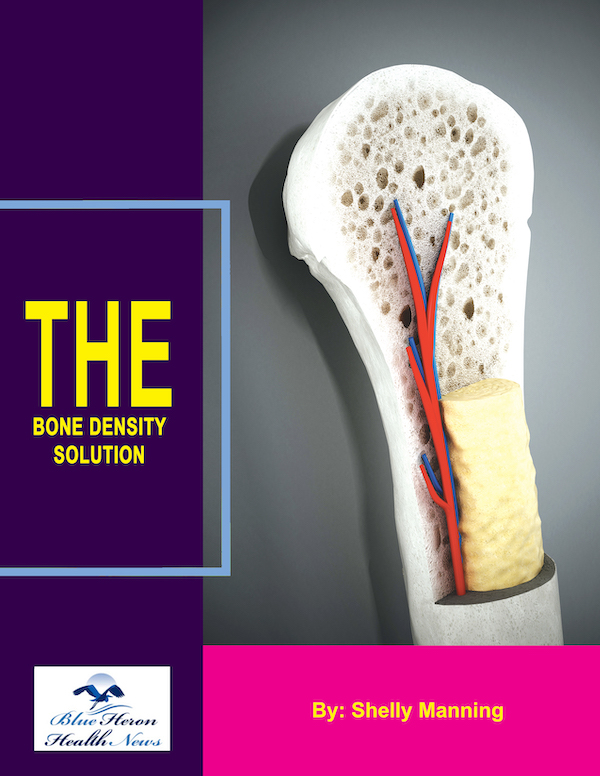
The Bone Density Solution by Shelly ManningThe program is all about healthy food and healthy habits. As we discussed earlier, we develop osteoporosis due to low bone density. Therefore, you will have to choose the right food to help your calcium and other vitamin deficiencies. In addition to healthy food, you will have to regularly practice some mild exercises. Your doctor might offer you the same suggestion. However, the difference is that The Bone Density Solution will help you with an in-depth guide.
Are there specific tests used to diagnose low bone density in India?
In India, several specific tests are used to diagnose low bone density, which helps in the identification and management of conditions like osteopenia and osteoporosis. These tests include:
Dual-Energy X-ray Absorptiometry (DEXA or DXA)
- Description:
- DEXA is the most commonly used and gold standard test for measuring bone mineral density (BMD). It uses low-dose X-rays to assess the density of bones in the hip and spine, which are common sites for osteoporotic fractures.
- Procedure:
- The patient lies on a padded table while a scanning arm passes over the body. The amount of X-rays absorbed by the bones is measured to calculate bone density. The results are given as T-scores and Z-scores:
- T-score compares the patient’s bone density to that of a healthy young adult.
- Z-score compares the patient’s bone density to what is expected in someone of the same age, sex, and body size.
- The patient lies on a padded table while a scanning arm passes over the body. The amount of X-rays absorbed by the bones is measured to calculate bone density. The results are given as T-scores and Z-scores:
- Availability:
- DEXA scans are widely available in major hospitals and diagnostic centers across urban India. Efforts are being made to improve accessibility in rural areas through mobile health units and outreach programs (World Health Organization (WHO)) (Nature) (World Health Organization (WHO)).
Quantitative Computed Tomography (QCT)
- Description:
- QCT provides three-dimensional images and can measure both trabecular (spongy) and cortical (hard) bone density. It is particularly useful for assessing bone structure in the spine and hip.
- Procedure:
- The patient undergoes a CT scan, which takes detailed cross-sectional images of the bones. These images are analyzed to determine bone density.
- Usage:
- QCT is less commonly used than DEXA but is available in specialized centers and major hospitals.
Peripheral Devices
- Peripheral Dual-Energy X-ray Absorptiometry (pDXA):
- pDXA measures bone density at peripheral sites such as the wrist, forearm, or heel. It is useful for initial screening but not as comprehensive as central DEXA scans.
- Quantitative Ultrasound (QUS):
- QUS measures bone density using sound waves at sites like the heel. It is a portable, quick, and less expensive method, though less precise than DEXA.
Laboratory Tests
- Biochemical Markers of Bone Turnover:
- Blood and urine tests can measure biochemical markers that provide information about bone formation and resorption rates. Common markers include:
- Serum calcium: Reflects the amount of calcium in the blood.
- Vitamin D levels: Important for calcium absorption and bone health.
- Alkaline phosphatase: An enzyme linked to bone formation.
- Parathyroid hormone (PTH): Regulates calcium levels in the blood.
- Blood and urine tests can measure biochemical markers that provide information about bone formation and resorption rates. Common markers include:
- Thyroid Function Tests:
- Since thyroid disorders can affect bone density, thyroid function tests are often conducted to rule out hyperthyroidism or other thyroid-related issues that can contribute to bone loss (Nature) (World Health Organization (WHO)) (IHCI).
Risk Factor Assessment
- FRAX Tool:
- The FRAX (Fracture Risk Assessment Tool) is used to estimate the 10-year probability of fractures in individuals based on clinical risk factors and BMD at the femoral neck. This tool helps in making decisions about treatment for patients with osteopenia or borderline osteoporosis.
Conclusion
The diagnosis of low bone density in India involves a combination of imaging tests, laboratory evaluations, and risk assessments. The most commonly used and reliable method is the DEXA scan, complemented by other tests like QCT, peripheral DXA, and quantitative ultrasound. Laboratory tests and tools like FRAX further aid in assessing fracture risk and guiding treatment decisions. Increasing awareness and improving access to these diagnostic tools are essential for effective management of bone health in India (World Health Organization (WHO)) (Nature) (World Health Organization (WHO)) (IHCI).
References
- International Osteoporosis Foundation
- Mayo Clinic – Bone Density Test
- National Osteoporosis Foundation
- Journal of Clinical Densitometry
The Bone Density Solution by Shelly ManningThe program is all about healthy food and healthy habits. As we discussed earlier, we develop osteoporosis due to low bone density. Therefore, you will have to choose the right food to help your calcium and other vitamin deficiencies. In addition to healthy food, you will have to regularly practice some mild exercises. Your doctor might offer you the same suggestion. However, the difference is that The Bone Density Solution will help you with an in-depth guide.
